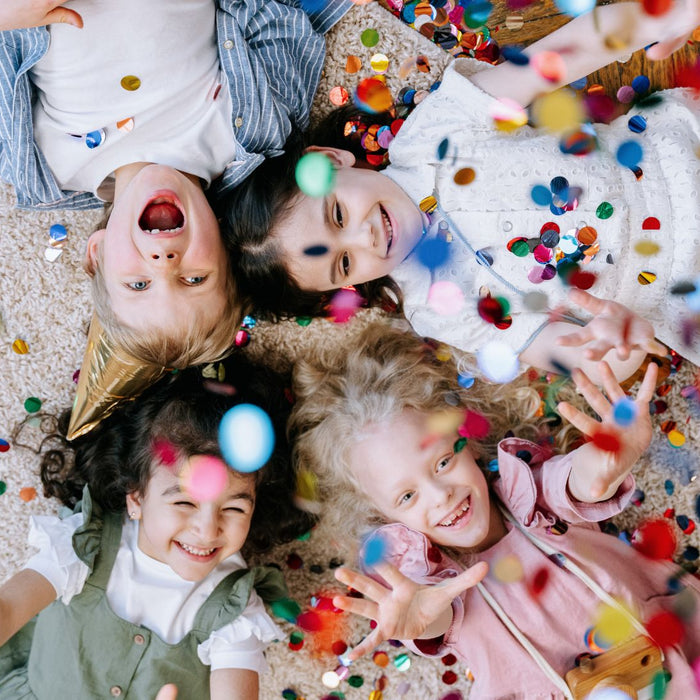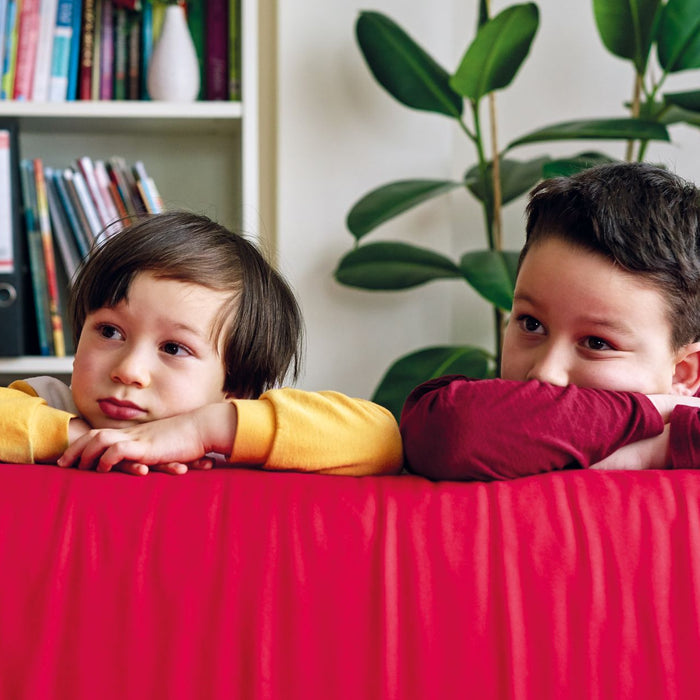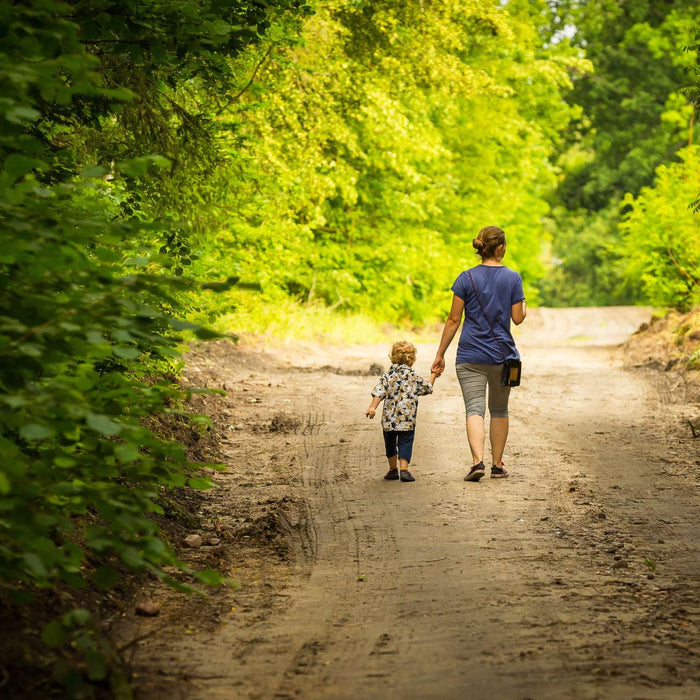Emotions are something we feel, and we feel lots of different things as the day goes on. We can’t avoid feeling different emotions, just like we can’t avoid having constant thoughts in our heads. The only thing we CAN control is HOW we react to those emotions, and that will take a lot of practice, so the earlier we start, the better!

There are three very important things our kids (and us) need to know about emotions:
-
Emotions come and go. We don’t feel the same emotion forever, that’s not even possible! Whether that emotion makes us feel good or bad, it won’t last forever and that’s ok, because that’s life, and we need to accept our emotions.
-
We can only manage our emotions if we understand them, if we are able to identify them and name them. Language is key. Use the correct word to describe each emotion, even if you think your child won’t understand it (frustrated, disappointed, embarrassed, rejected…). The more they hear those words in different contexts, the sooner they will understand them and understand themselves too.
-
There are no bad emotions, all emotions are ok, we should be able to feel every single one of them (of course, some more than others). They might make us feel good or bad, but that is how we feel, it doesn’t mean that it is bad to feel angry, or sad, or scared.

As I mentioned earlier, we can only manage our emotions if we understand them first. PLAY offers a great opportunity for children to practice and learn all about their emotions.
4 ACTIVITIES TO HELP YOUR CHILD UNDERSTAND THEIR EMOTIONS:
-
Differentiate the emotions that make them feel good or bad. Draw a line on the floor (or with tape) and draw a happy face on one side, and a sad face on the other side. Call out an emotion and ask them to jump on the side of the line that relates to how that emotion makes them feel. For a more complex activity, you can describe a situation and they can explain how they feel and then jump on the “I feel good side” or on the “I feel bad side” in relation to those circumstances.
-
Recognize and name emotions. You can name an emotion and they can imitate the corresponding facial expression (they could even use a mirror for this), or you can do the expression, so they have to guess it. For older kids, you could describe a situation (first day of school, time to go to sleep, going to a birthday party, going to the doctor…) and ask them to name the emotion that they would feel in that situation.
-
Can you colour your emotions? Colours are so meaningful and powerful. A simple and relaxing activity for kids (and adults) is colouring a mandala (or any abstract picture). We can name an emotion and let kids pick a colour that they think relates to that emotion. Each time we call a different emotion, they must change colour. There is no right or wrong here. They are just making connections between the emotion, their feelings and a colour that means something to them.
-
How strong is that emotion? We can feel a little bit angry, or very angry. The degree of emotion we feel can be quite abstract, but with this activity, children will be able to notice and visualize the level of intensity of their emotions. You need a clear bottle, rice or lentils, and a scoop (and a tray to avoid spillages). Describe a situation and ask the child to tell you what emotion they feel in that context. Now get them to fill the bottle / jug with that emotion (the rice/ lentils). The more rice/lentils they add into the bottle, the more intense the emotion feels. A bottle of rice means extremely angry, a sprinkle of rice means just a little bit angry. Once we know the intensity of our emotions, we can find a way to change how we react to them. We won’t do the same if we are a tiny bit angry, or if we are really angry. This activity will open up great conversations.

REMEMBER! All emotions are normal. We can’t avoid them, we can’t change them, but we CAN learn how to manage the ones we don’t like by changing how we react when we feel them. In order to do so, there are 6 steps:
-
RECOGNIZE AND NAME the emotion. “I feel angry”, “I feel disappointed”, “I feel confused”.
-
DESCRIBE the feeling. “My tummy feels hot, my eyes feel teary, my hands shake, my voice raises, I just want to be on my own…”
-
ACCEPT IT. Don’t feel guilty about it. Every emotion is trying to tell us something! By hiding and avoiding it we are only going to make it worse. It is ok to feel guilty, to feel angry, to feel anxious… but what are we going to do about it?
-
ANALYSE YOUR REACTION. I felt frustrated and I shouted.
-
FIND A NEW REACTION (if you don’t like how you reacted because it made you feel bad). Next time this happens, the first thing I will do is breathe 5 times. After that, I will talk instead of shout.
-
PRACTICE IT TO MAKE IT A HABIT. Create similar scenarios through play. Role play is great for this! In this case, practice your breathing. Use props or materials to help you with it.
We also have a great selection of toys and resources that will provide experiences to your child to help them understand and manage their emotions better. Click here to find out more!








Leave a comment